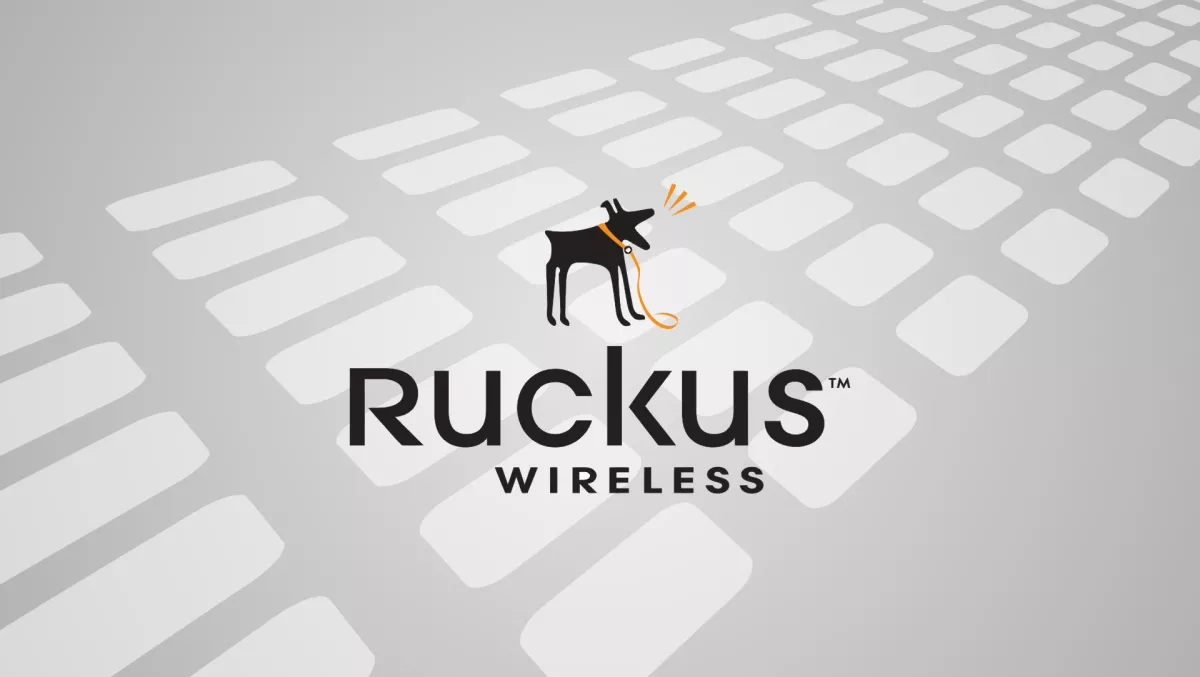
Ruckus: Hitting the Wi-Fi sweet spot
Network functions virtualisation is offering up benefits for end users and the New Zealand reseller channel, says Renilda Saguil, Ruckus Wireless country sales manager.
In the fast-paced world of telecommunications and wireless infrastructure, new technologies are created and deployed every day to keep up with exploding consumer demand for high-bandwidth applications and services.
One initiative is network functions virtualisation (NFV), which decouples the application from underlying hardware, providing a simplified roll out and management of network services.
Using NFV for applications such as virtualised WLAN management tools can help the channel streamline their business, reduce time-tomarket and dramatically lower opex.
It also delivers a scalable, resilient and fully flexible offering to address changing business requirements and market demands, and opens new revenue streams previously out of reach due to the cost and complexity of conventional carrier-class WLAN management technology.
Within the WLAN domain, the real need for NFV is managed services, which is emerging as a major opportunity for the channel.
Operators are being overwhelmed with data traffic from subscribers and are turning to the channel to provide a managed service to offload their already overburdened networks.
In addition, value added services (VAS) like location-based technology and smart analytics can offer them previously unavailable insights.
The key to enabling a profitable managed service offering is to bring all backend systems and applications, like WLAN control, management, authentication and VAS, to a centralised data center and then move it into the cloud, running these applications on standard hardware.
The Wi-Fi service providers can quickly spin up additional instances of the platform as demand dictates, without having to rack and stack discrete WLAN controllers. This radically reduces time-tomarket, and provides a distinct competitive advantage.
The only hard work required is deploying the access points. Operators and customers purchase these as a one-off and they're installed, usually in a matter of days.
By taking advantage of NFV and cloud-managed WLAN services, the channel can create a recurring revenue stream, as customers will pay a monthly fee to have the service provider manage the network.
This provides a sustainable competitive advantage as the channel can position itself as a strategic partner for the rapid roll-out and management of operator Wi-Fi networks.
Perfect combination
There is also an opportunity to upsell. Two of the most compelling VAS are indoor location technology and smart access management.
Cellular signal is often not at its best indoors and when users switch to Wi-Fi, operators have no sight of them.
By taking advantage of indoor location technology and smart access management, operators can receive rich analytics and demographics data on subscribers and other smartphone users in the vicinity of their network.
The channel partner provides setup and training, providing the operator with the tools to enable easy monetisation and unparalleled insight.
A managed WLAN offering provides many opportunities for the channel to grow their business. As more operators look to deploy Wi-Fi to complement their cellular network and provide extra capacity to subscribers, there is a clear opportunity for the channel to become strategic suppliers of Wi-Fi services, creating a sustainable revenue stream.
As more and more of the channel’s operations move into the cloud, NFV will be a critical component in attacking new markets, streamlining operational management services and opening new revenue streams.
The best part is that the opportunities are endless for various sectors, from fast food restaurants, coffee houses, shopping centers, airports, hotels and more.

